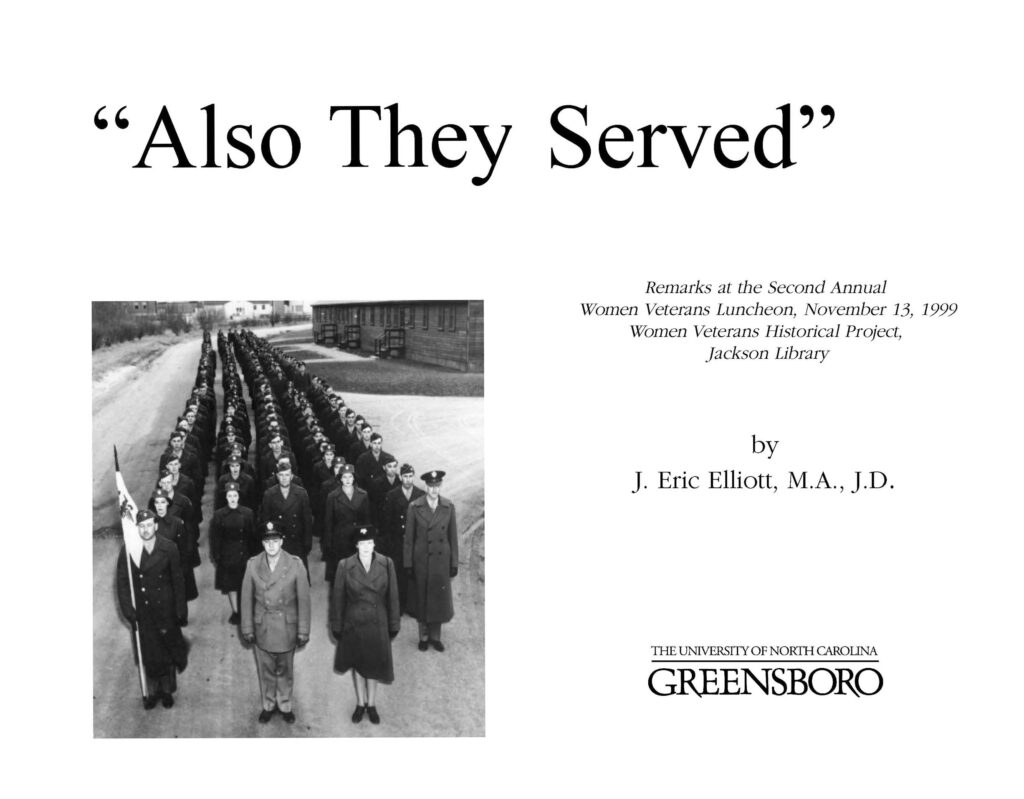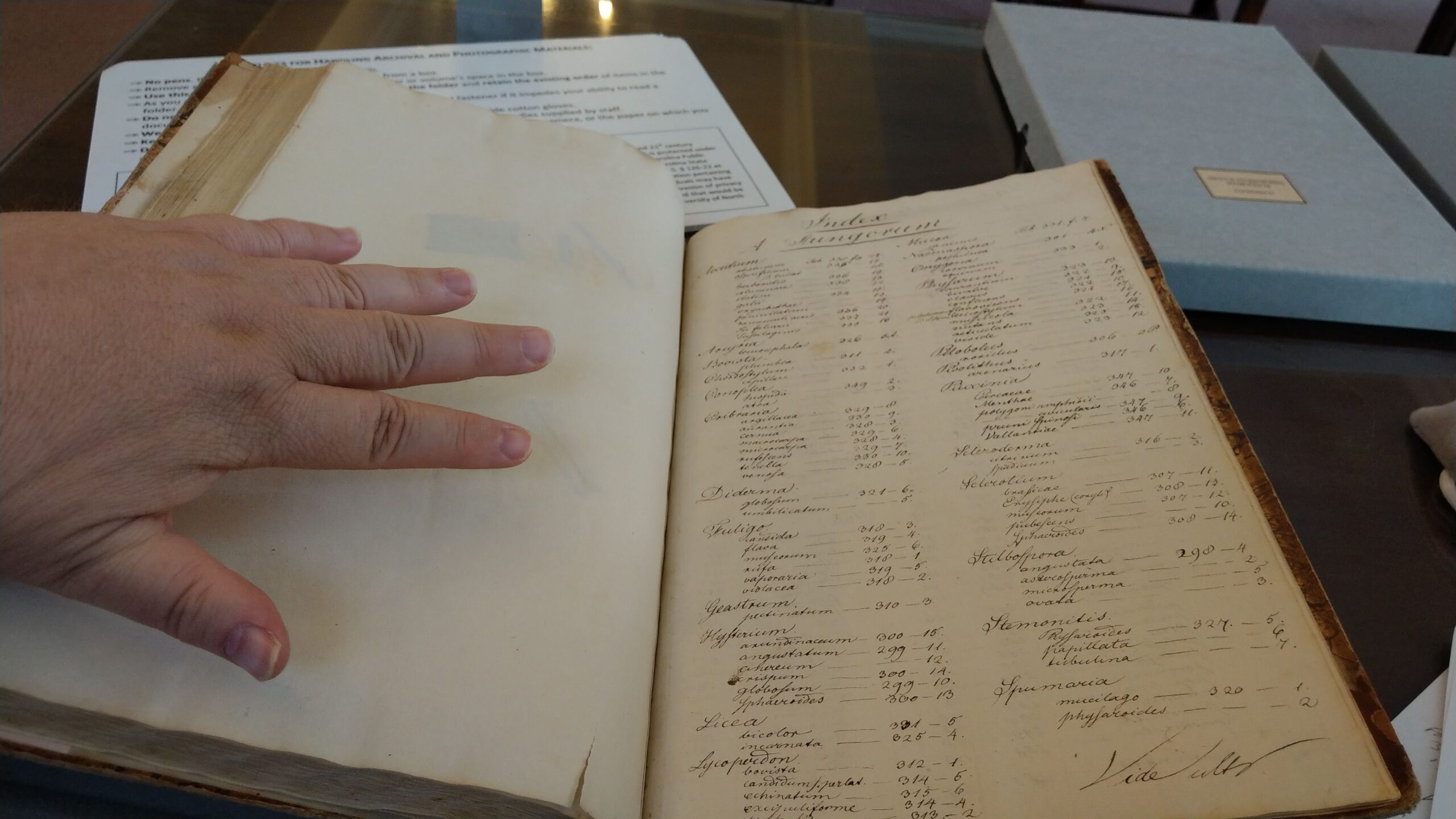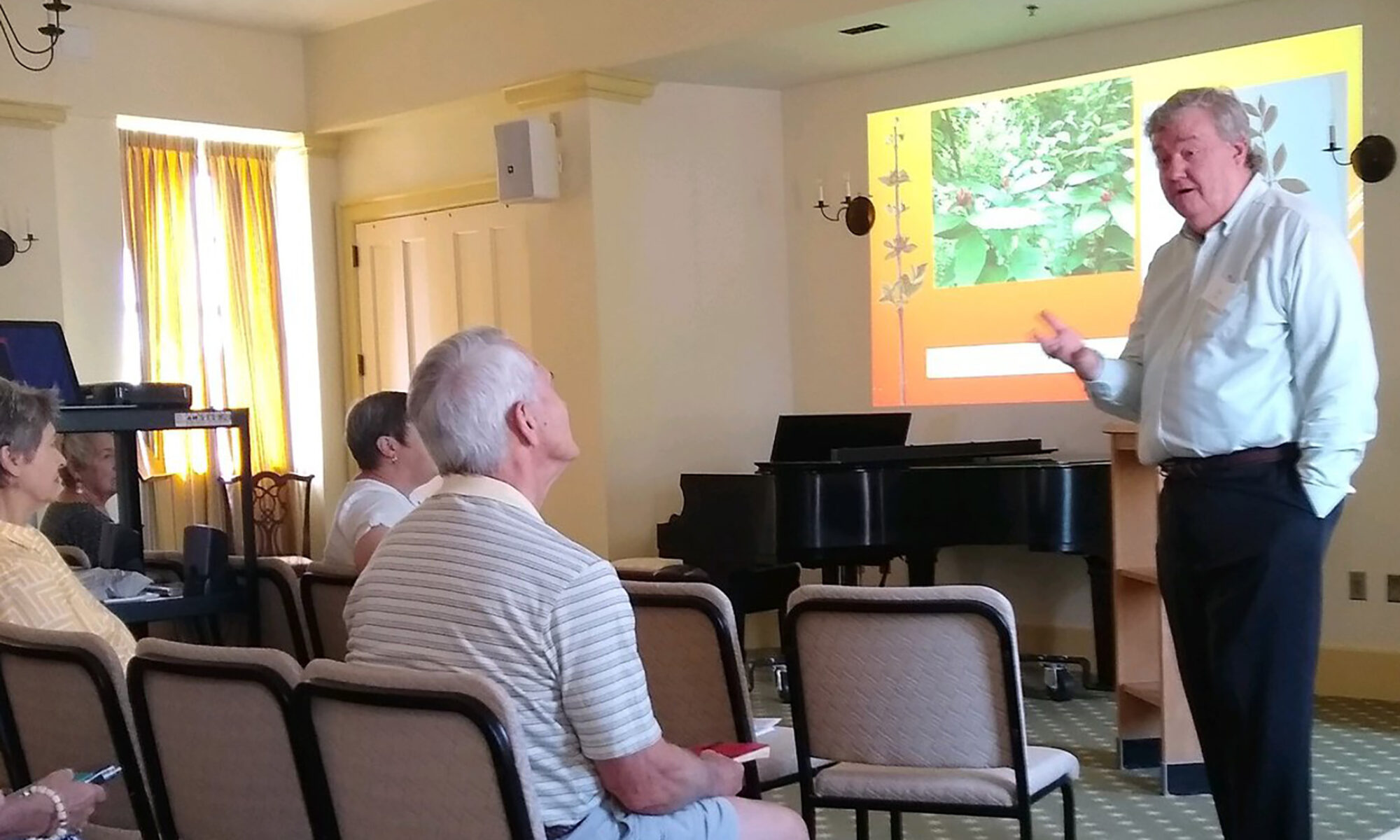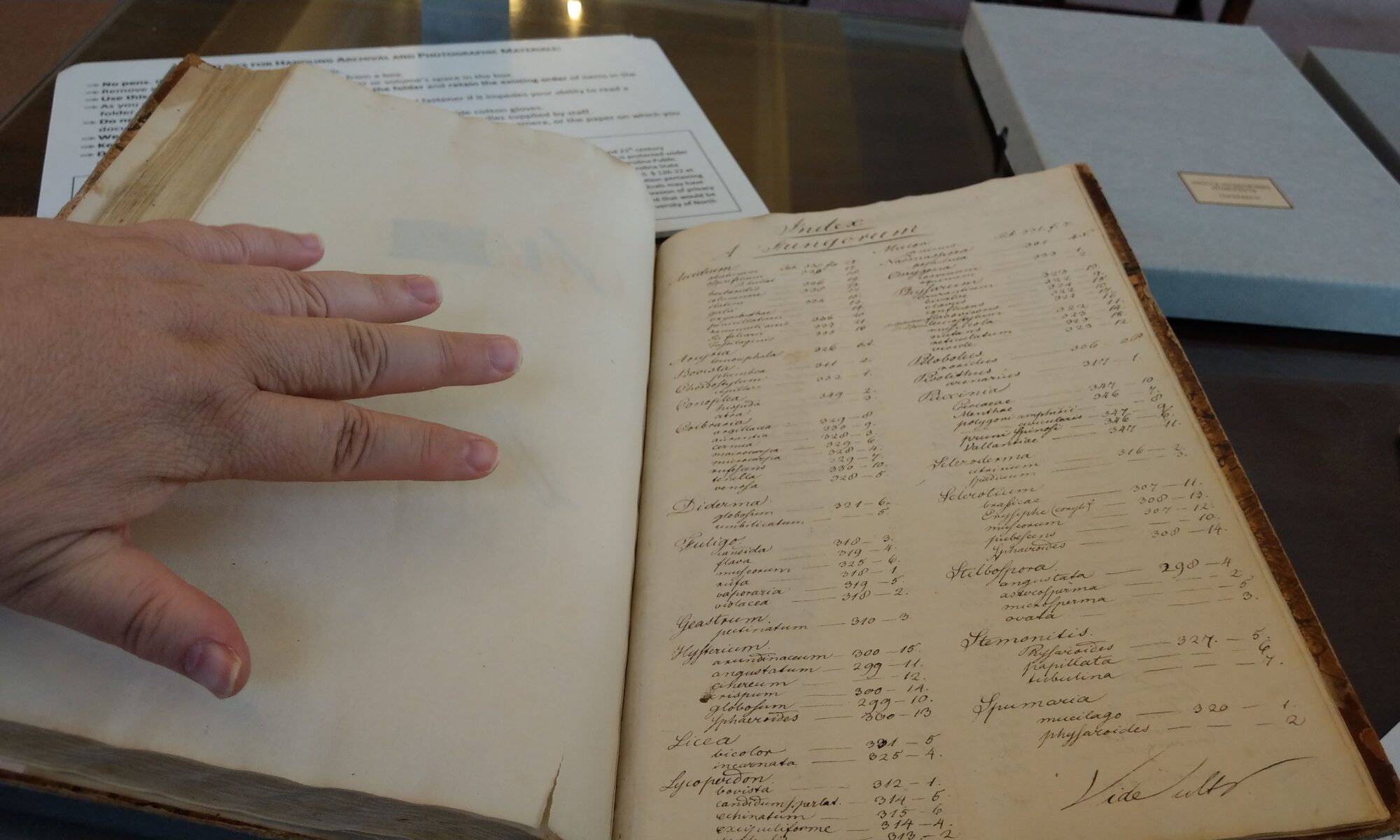Eric was a Morehead Scholar at the University of North Carolina at Chapel Hill, graduating in 1982 with a B.A. with highest honors in European History. His honors thesis on the origins of Germany’s Kaiser Wilhelm Society for the Advancement of Science was done under noted Kaiser Wilhelm II scholar Professor Lamar Cecil. Eric received an M.A. in History and Sociology of Science from the University of Pennsylvania in 1985, and was a research assistant for dissertation adviser Professor Arnold Thackray, serving as student librarian for the rare chemistry holdings of the E. F. Smith Memorial Collection at Penn.
Eric’s experience in the analysis of varied source materials and his ability to synthesize information into helpful narratives is shown by his work in four distinct kinds of history products.
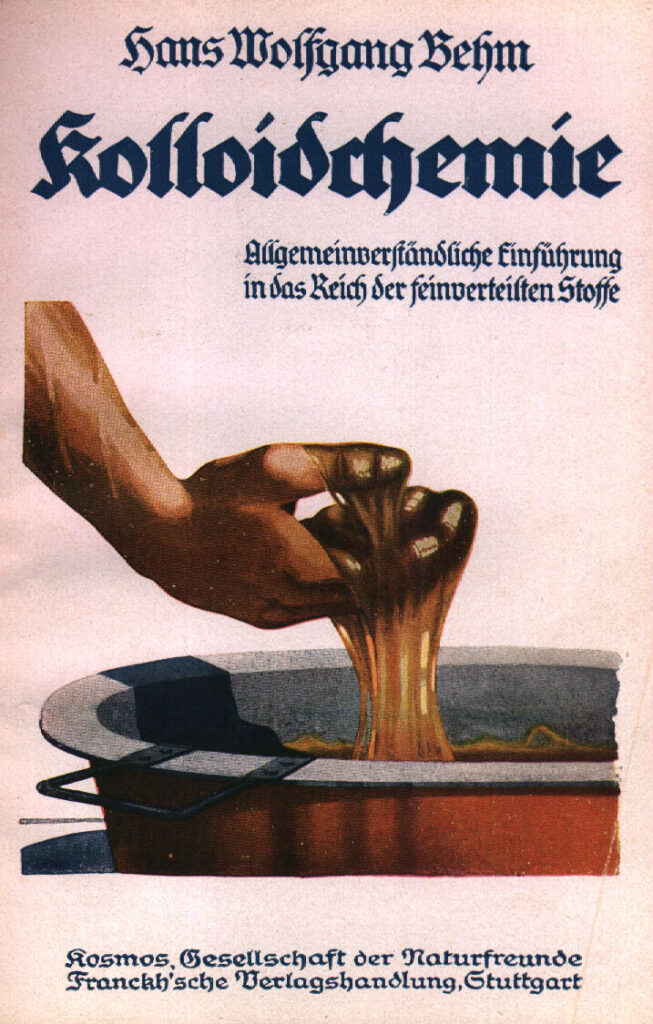
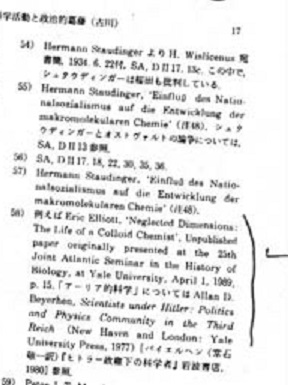
- Academic Publications and Presentations – Eric was a DAAD Stipendiat during doctoral research on the history of colloid chemistry in 1988, based at the Technical University of Berlin, Germany, and hosted by Professor Hans-Werner Schütt. Fortunate to gain access to archives in both East and West Germany, Eric spoke on the role of instrumentation in colloid chemistry as part of a month-long summer institute for American and East German historians of science in Leipzig;, he co-chaired a session of historians studying the history of IG Farben at the XVIII. International Congress for the History of Science in Hamburg; and he shared on industrial colloid processing technologies at a 1990 history of chemical technology workshop at the Edelstein Center at Hebrew University in Tel Aviv. One of 49 invited participants to the second International Summer School in the History of Science hosted by Tore Frängmyr at Uppsala University, and the author of several Isis reviews on books in the field, Eric paused academic work just prior to his dissertation completion. He next spoke at academic conferences in 2018 at the 6th Bethlehem Conference on Moravian Music and History and in 2020 at the Reynolda Conference co-convened by his Moravian Archives and Wake Forest University.. Overviews of Eric’s work on Moravian “memoir”-writing and on the creation of a partial database of enslaved held in the Wachovia Moravian community are both online.

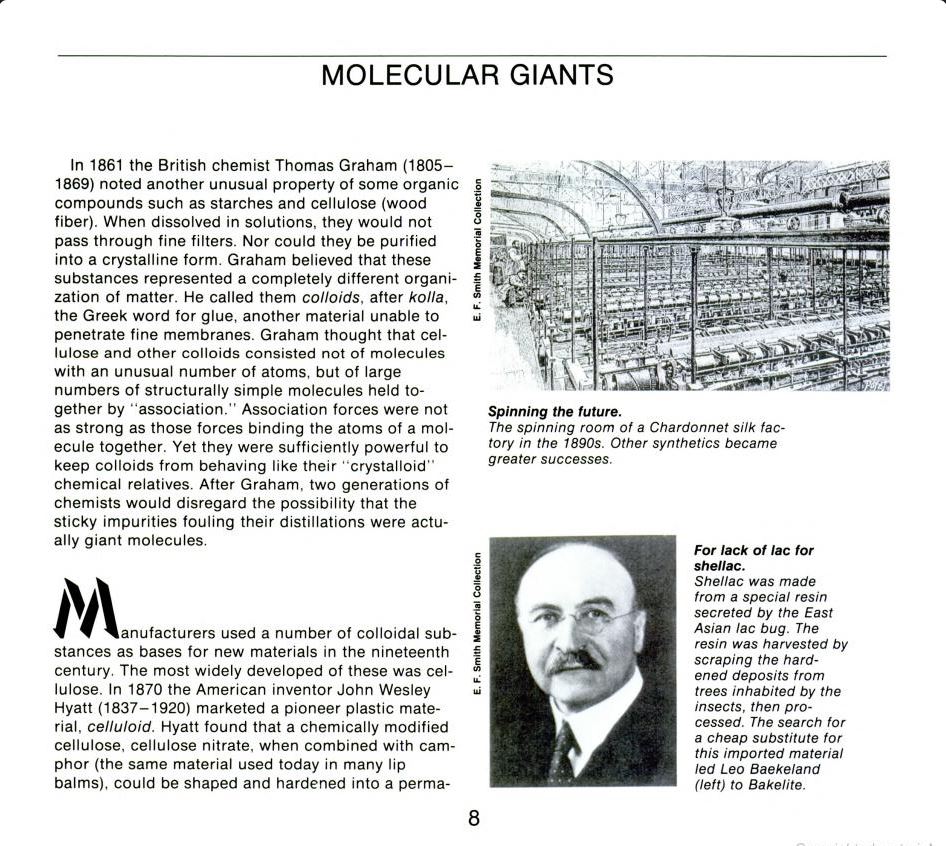
- Traveling Exhibits – in 1986 Eric wrote the Polymers and People exhibit on the history of plastics while a graduate research assistant at Penn, and it toured the country for much of the next fifteen years. A booklet published from his text is housed in nearly four-dozen research libraries in America and Europe. He added panels to the exhibit in 1989 to add the story of the National Plastics Center and Museum then in Leominster, MA. In 2019 Eric used original research in Winston-Salem, Chapel Hill and Philadelphia [featured section image above and below] to create two traveling exhibits on Moravians and horticulture which you can now read online: “The Languages of Flowers in Moravian Wachovia” and “The ‘Botanizers’ of Salem, 1785-1835.” A third planned exhibit, “Nurturing the Gardeners of Wachovia,” was canceled due to the pandemic and the termination of Eric’s Archvist post but is discussed here.
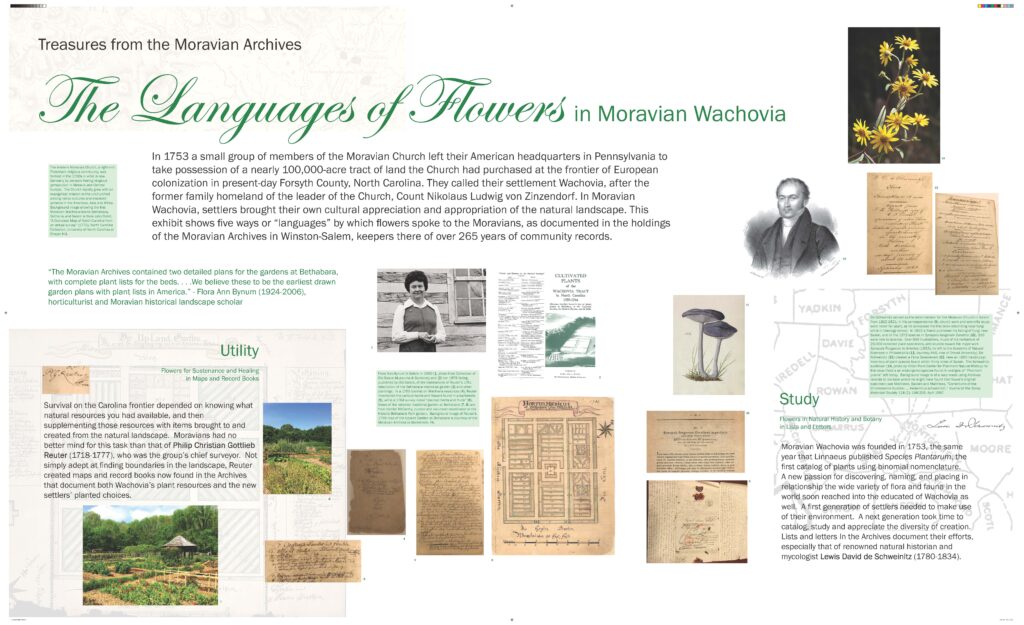

- Public History – Eric’s first efforts to create interpretive history on-site came in 1991, volunteering a sketch of ideas to a task force seeking to create a new Forsyth County history museum (a form of which finally opened in 2008 and is now being re-envisioned as MUSE). In 1993 Eric worked with task force member Barry Miller, company archivist at R. J. Reynolds Tobacco, to create a lobby display of that company’s historic product packaging. Eric’s 2004 photo history of the historic West End neighborhood – home to the Reynolds, Hanes and Gray families when Winston-Salem was the largest city in the state – is a book that reads in part like an on-site tour guide. In 2005 Eric fashioned a display of some of the book’s most compelling images into a twice-appearing exhibit at the Winton-Salem Visitor Center. Eric’s later sketch of a permanent display on the history of the former Fries factory housing the Visitor Center was interrupted by a request in 2012 by family friend Lynette Matthews-Murphy to tell on-site the story of the A. H. Bahnson House, the location of her new Spring House Restaurant. Finally, in 2013 owner Dana Bryson invited Eric to tell the story of the Fries factory alongside a large “family tree” in the lobby of her Historic Brookstown Inn, the conference facility which also shared the Visitor Center space.
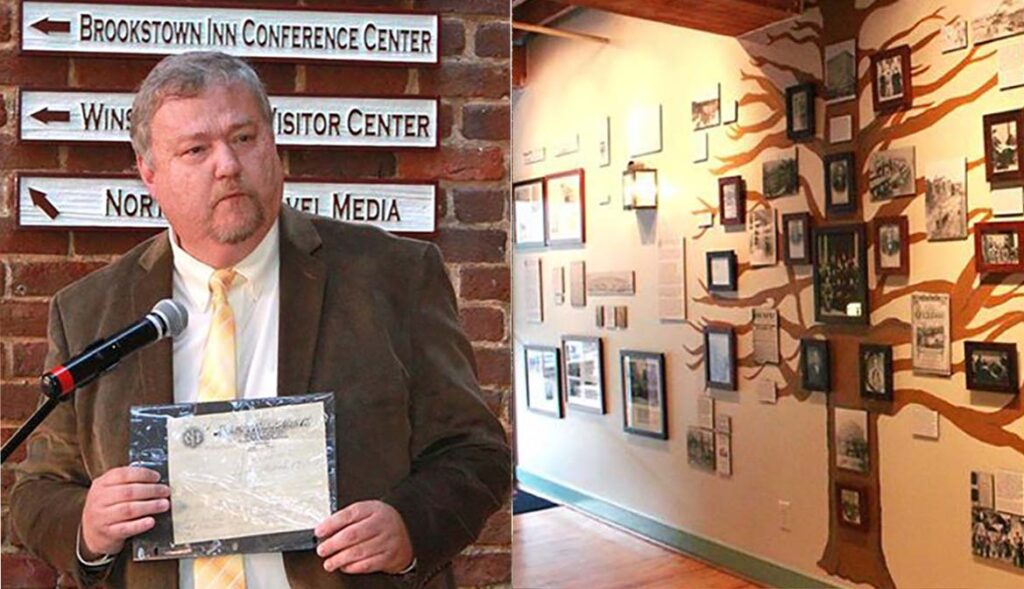

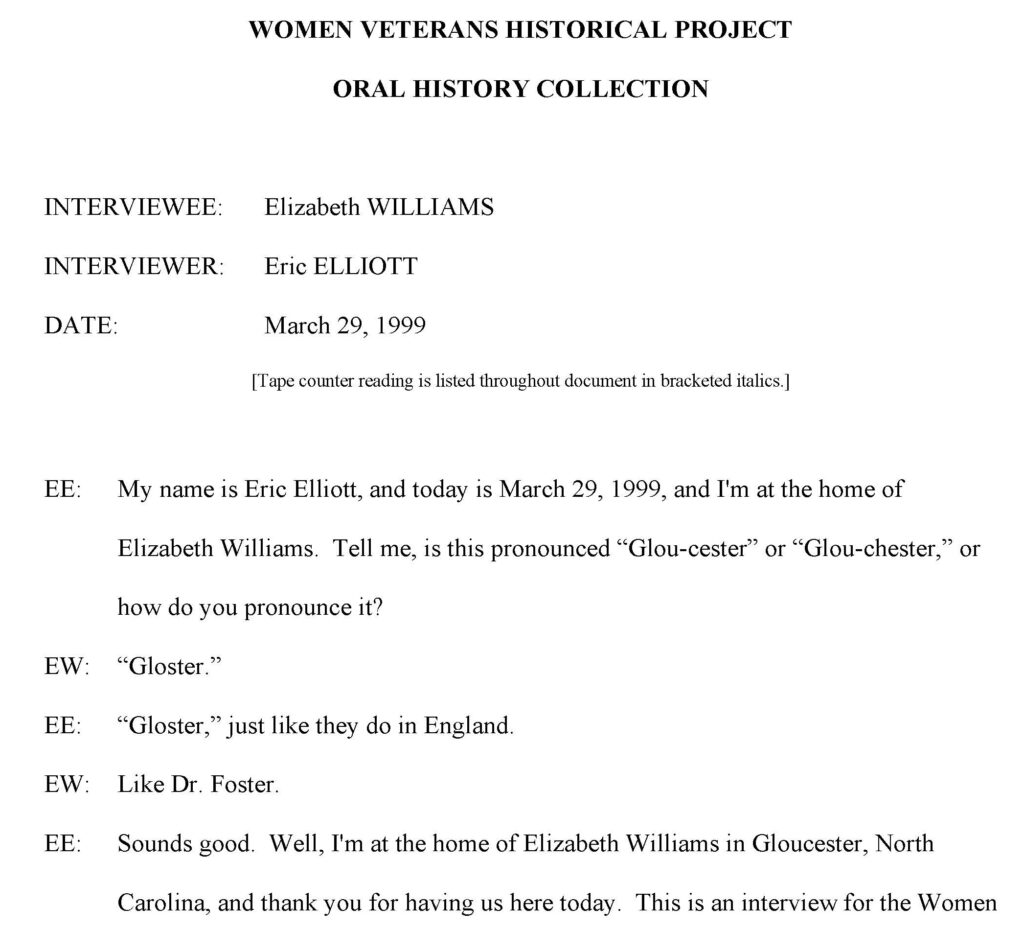
- Oral History – Eric assisted with research for several oral history interviews with chemists for the Center for History of Chemistry in grad school. In 1999 he was recommended by Barry Miller, then at the University of North Carolina at Greensboro, to University Archivist Betty Carter as she sought to conduct interviews with World War II women veterans in preparation for the Class of 1949’s fiftieth reunion. That class contained the first group of alumnae who attended school on the GI Bill. Eric created release forms modeled after those from the Oral History Program at the Southern Historical Collection at UNC-Chapel Hill (now Southern Oral History Program); and he designed an Access database form to track biographical, donation and processing information on each interviewee. 128 of Eric’s interviews, mainly with the first generation of vets to “free a man to fight,” have been transcribed and are now accessible through UNCG’s Betty Carter Women Veterans Historical Project (WVHP). In 2003 Eric authored a successful $50,000 NEH Consultation Grant to help the school examine options for the use and distribution of the the oral history collection.
